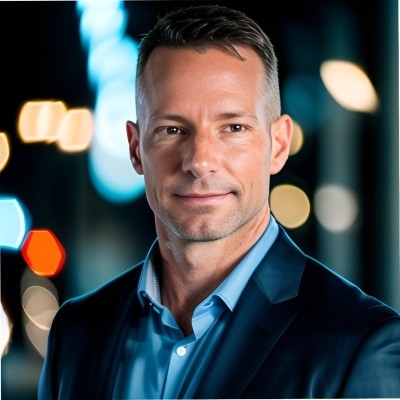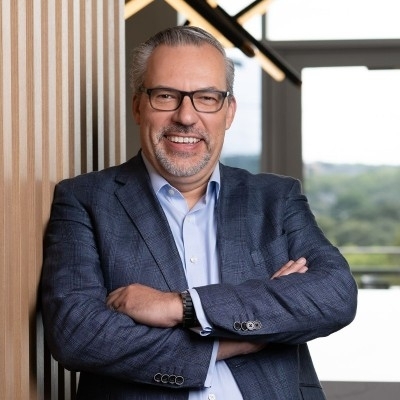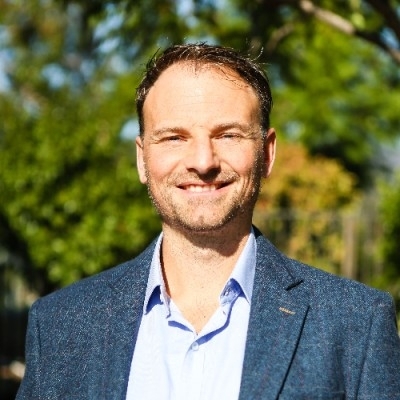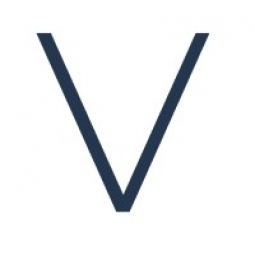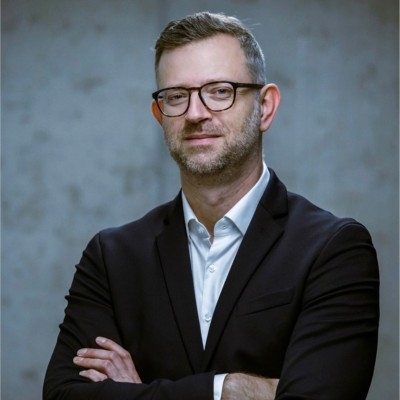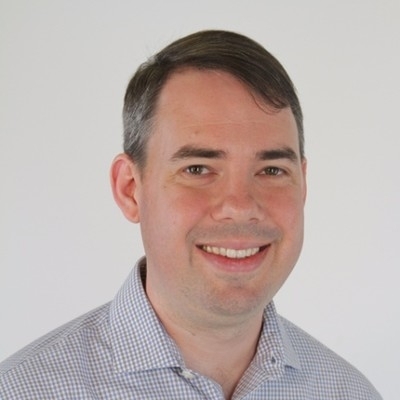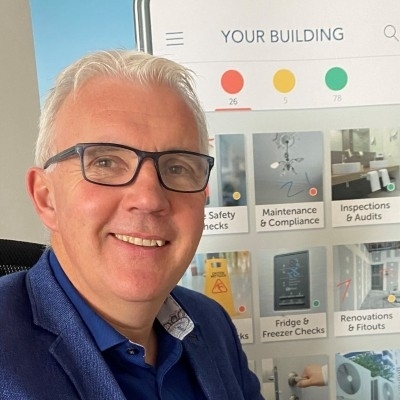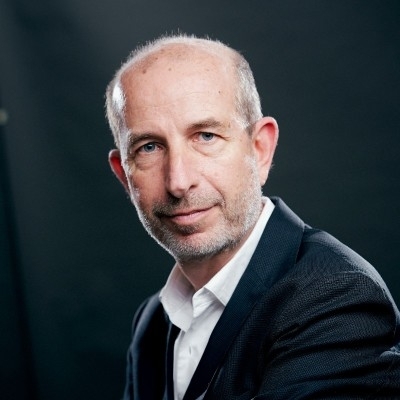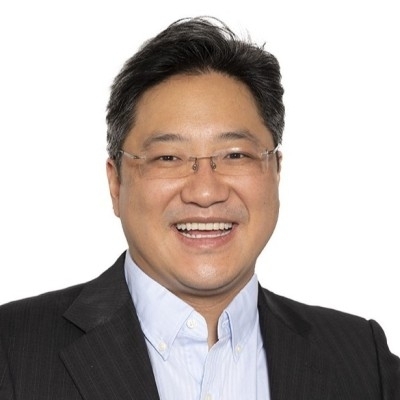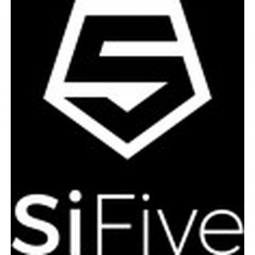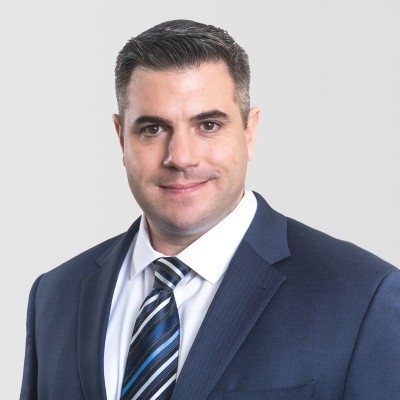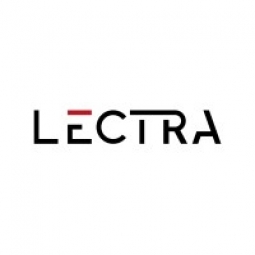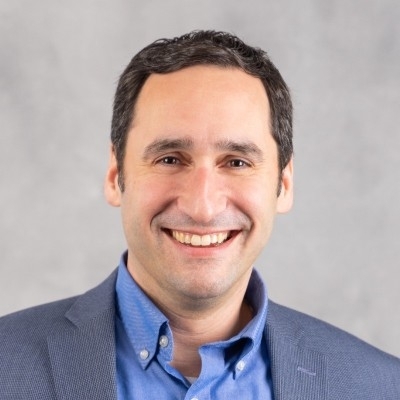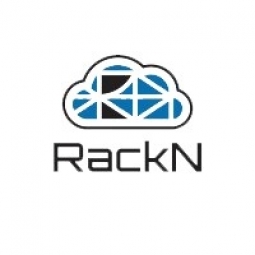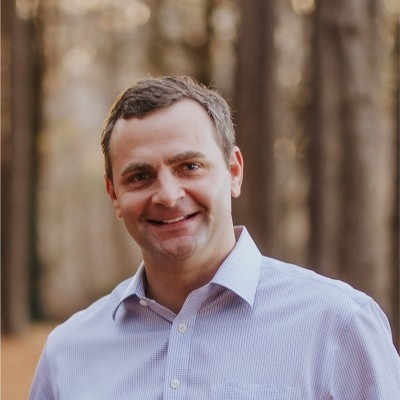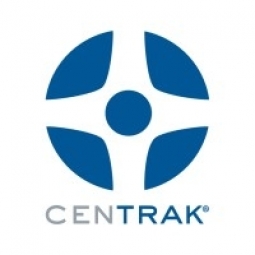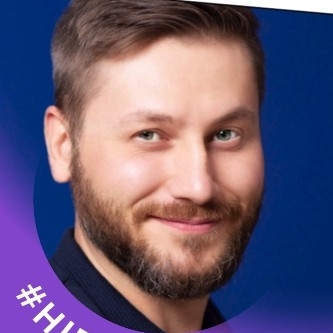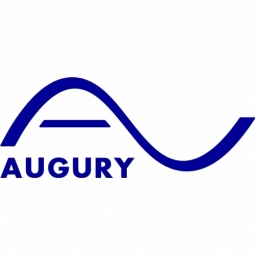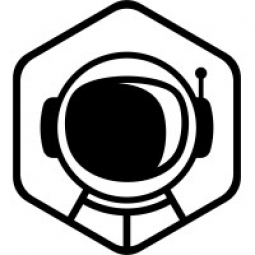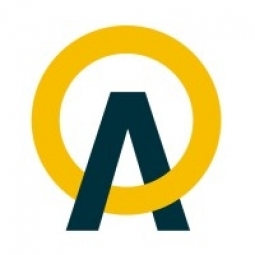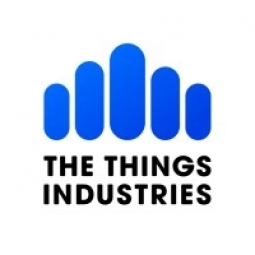Podcasts.
The IoT Spotlight Podcast shares insight from 233 technology experts and business leaders.
- (49)
- (40)
- (37)
- (28)
- (27)
- View all 13 Technologies
- (6)
- (4)
- (4)
- (3)
- (3)
- View all 151 Suppliers
Selected Filters
233 podcasts
|
In this episode, we were joined by Frederic Joye, the Co-founder of Arcanys, a Swiss software outsourcing company based in the Philippines. Arcanys is renowned for its expertise in assembling top-tier developer teams tailored to the needs of tech-enabled businesses. For more than 20 years, Frederic has helped more than 250 companies through outsourcing in the Philippines.During this conversation, we explored the strategies for constructing a high-performing engineering team and, notably, maintaining its longevity. Additionally, we delved into finding the optimal balance between an internal core team and external collaborators, such as agencies or freelance professionals.Key Discussion Points:● What sets Feredic’s approach to outsourcing apart from traditional companies● What advice do you give to early-stage startups to help them navigate their initial challenges?● How can corporations enhance retention and foster better team dynamics?" />
|
|
Today, we have Andrei Ciobotar as our guest, who serves as the Chief Technology Officer at Relayr. Relayr provides comprehensive industrial IoT solutions and data-powered financial services to assist their customers in their transition towards Equipment-as-a-Service. With a decade of experience, Andrei is instrumental in relayr's success across cloud development, edge development, and AI engineering.In this episode, we explored how IoT can facilitate the transition from capital expenditure (CAPEX) to operational expenditure (OPEX) models for industrial equipment suppliers, simultaneously mitigating financial risks for operators. Additionally, we delved into the progression of artificial intelligence within industrial settings, moving away from customized, labor-intensive solutions towards standardized offerings tailored to specific asset categories and application scenarios.Key Discussion Points:What industries are most open to rethinking asset ownership and OEM business models?How do predictive maintenance and simulation work together to reduce downtime, considering the complexity of the predictive maintenance process?Do you see the value of creating simulated data and how generative AI as part of your tech stack?If you're curious to know more about our guest, you can find him on: Website: https://relayr.io/LinkedIn: https://www.linkedin.com/in/andreiciobotar/" />
|
|
Our guest today is Ross Sabolcik, the Senior Vice President and General Manager of Industrial and Commercial IoT Products at Silicon Labs. Silicon Labs is a renowned technology company specializing in the design and sale of semiconductors and software for manufacturers in the Internet of Things infrastructure sector. Ross boasts an impressive track record with over two decades of experience in this field and holds a Master's Degree in Computer and System Engineering, as well as BSEE from Penn State University.In this talk, we will delve into the advancements in edge connectivity for industrial IoT devices. This will include recent breakthroughs in cross-technology compatibility and simplified programming. Additionally, we will explore the underlying value proposition of three recent and upcoming product launches, namely FG-28, GA, and Series 3. Our primary focus will be on how these innovations facilitate machine learning capabilities at the edge.Don’t miss out! Tune in to learn more.Key Discussion Points:What innovations does Silicon Labs introduce to the market, and what are the prevailing industry trends?In what ways does Bluetooth technology change the cost of connectivity?The importance of security for these edge devicesIf you're curious to know more about our guest, you can find him on: Website: https://www.silabs.com/LinkedIn: https://www.linkedin.com/in/rosssabolcik/" />
|
|
In this week's episode, Erik is in conversation with Gareth Evans, the CEO and founder of VECKTA. VECKTA is dedicated to enabling businesses to embrace competitive energy solutions across their operations, providing them with access to affordable and environmentally friendly energy. With two decades of expertise in the energy and resource sectors, Gareth is a specialist in microgrid and distributed energy planning and design, construction, and monitoringDuring this discussion, we delve into the future of the energy sector and strategies for implementing cost-effective energy solutions for businesses. We also examine the challenges associated with navigating technical and regulatory hurdles during the transition, as well as potential solutions for streamlining coordination. Gareth's mission revolves around empowering businesses and communities to access affordable, reliable, and sustainable energy, contributing to the global shift toward a more environmentally friendly energy future.Tune in and be part of the energy revolution!Key Discussion Points:● What is the purpose of VECKTA and what motivated Gareth to establish it?● Identifying the significant factors that support the business case for energy storage.● How does the VECKTA platform assist companies and businesses in monitoring their emissions scope? If you're curious to know more about our guest, you can find him on:Company Website: https://www.veckta.comCompany Podcast: https://www.veckta.com/renewable-rides-podcast/Linkedin: https://www.linkedin.com/in/gareth-evans-41015726" />
|
|
In this week’s episode, Erik is joined by Jan Burian, Associate Vice President and Head of IDC Manufacturing Insights EMEA. His core research coverage includes Industry 4.0, digital transformation, and IT and automation tools. At IDC, their focus lies in aiding IT experts, corporate leaders, and investors in making informed decisions regarding technology investments and business tactics.Our conversation delves into the intricate framework of the industrial Metaverse. Discover how businesses are meticulously constructing this landscape, piece by piece, with Jan shedding light on various technologies and specific use cases. Moreover, we explore the fascinating realm of generative AI and its application in industrial contexts. Learn how it serves as an intuitive interface within the industrial Metaverse, effectively navigating the complex terrain of data saturation.Give it a listen and enjoy the podcast! Key Questions:● What is industry metaverse and how does it work?● Scaling and scalability of metaverse as digital twin of the enterprise world.● What do you see today in terms of adoption of generative AI and solutions that are used in the industrial environment? If you're curious to know more about our Jan Burian, you can find him on: Website: https://www.idc.com/LinkedIn: https://www.linkedin.com/in/janburian/?originalSubdomain=cz " />
|
|
During this week's episode, Erik interviewed Gil Dror, the Chief Technology Officer, and Sammy Kolt, the Chief Product Officer at SmartSense. SmartSense offers a solution that empowers organizations to leverage wireless sensors, digital technology, and advanced analytics, resulting in actionable insights based on remote sensing and artificial intelligence.Throughout the discussion, we delved into the ways IoT facilitates workflow streamlining and introduces a novel approach to data-driven decision-making. Additionally, we explored how IoT is making a significant impact on the healthcare and food services industries, where it is utilized to enhance safety measures, ensure compliance with regulations, and maintain stringent quality control standards.Listen and enjoy the show!Key Questions:● What solution stack does SmartSense utilize for its software and hardware?● How do they ensure the longevity and efficiency of sensors and equipment?● What enhancements have they implemented to enrich the user experience through their IoT solutions?● What exciting developments can we expect in the realm of Smarter AI? If you're curious to know more about our esteemed guests, Gil Dror and Sammy Kolt, you can find them on LinkedIn:Gil Dror: https://www.linkedin.com/in/" />
|
|
In this episode, we talked with Dave Fick, co-founder and CEO of Mythic. Mythic has developed analog computing technology to deliver high-performance AI processors that are ten times more power-efficient and cost-effective than digital solutions. In this talk, we discussed why analog computing is uniquely well-suited for machine learning on the edge, due to low energy consumption, low latency, and high capability. We also talk about several industrial applications that are using analog computing today.Key Questions:● What is analog computing?● What is the difference in form and cost structure for analog and digital solutions?● How does analog computing deal with 'messy data'?" />
|
|
This week, Erik and Darwin interviewed Paul McCarthy, Founder and CEO of Snapfix. Snapfix is the simplest maintenance platform on the planet, making maintenance easy with a streamlined system of photos and traffic lights that everyone can use. In this special episode of IoT One Podcast, Darwin Wang joined Erik Walenza as his co-host! Darwin is a multifaceted professional with a diverse education and career background, and previously as Head of Innovation at JLL.In this talk, they discussed why the building management industry has been a laggard in technology adoption despite being among the largest sectors in the economy. They also explored the application of consumer app best practices for building enterprise solutions that can be used by frontline staff with little or no training. Listen and enjoy the show!Key Questions: ● What are the challenges of the management industry that prevents digitalization?● What does the integration of systems for consumer apps look like today for providing solutions?● What does localization look like for building enterprise solutions? Know more about our co-host for today’s episode, Darwin Wang by visiting his profile:https://www.linkedin.com/in/d1wang/" />
|
|
In this episode, Erik talked with Jaume Sanpera, CEO and co-founder of Sateliot. Sateliot is the first satellite communication service provider that will offer satellite IoT connectivity. In this talk, Erik discussed why 85% of the earth remains unserved by terrestrial networks and how modern satellites can bring affordable connectivity to remote NB-IoT devices. He also explored the factors influencing satellite connectivity cost structure, including satellite manufacturing, launch, radio technology, and service contract structure. Key Questions: What is the cost trend for connecting an IoT device via satellite? How does performance differ with satellite versus terrestrial communication? What are the big use cases in satellite IoT connectivity? " />
|
|
This week, we interviewed Jack Kang, Senior Vice President of Business Development and Customer Experience at SiFive. SiFive brings RISC V software and Silicon experts together to innovate with the modern software-driven approach to semiconductors. In this episode, we talked about the importance of the RISC V open standard for semiconductors to provide design freedom, vendor choice, and long-term tech stack flexibility. We also explored how companies, from automotive OEMs to wearable device manufacturers, are different in their products with custom designs on open standards. Key Questions: What is the international standard behind RISC-V technology? Who are the big contributors to RISC-V instruction set standards? How do you see the future of RISC-V in the coming years? " />
|
|
In this episode, we talked with Renan Devillieres, founder and CEO of OSS Ventures. OSS Ventures is a start-up studio that invests in the future of factory operations. They ideate, test, build and invest in great ideas to change the future of manufacturing.In this talk, we discussed the role of start-ups in shaping the future of manufacturing and specific areas of breakthrough in this industry. We also covered the best practices for building a new venture like opportunity identification, product-market fit validation, and recruiting a leadership team. Key Questions:What is the current status of digital technology adoption in manufacturing?What are the challenges in finding the right technology providers, companies, and founders in manufacturing?What are the challenges for corporate ventures trying to explore areas outside their domain expertise?" />
|
|
In this episode, we talked with Leonard Marano, President of the Americas at Lectra. Lectra provides Industry 4.0 solutions to bridge the gap between the consumer and the factory bringing precision and flexibility to the design to production process.In this talk, we discussed market trends driving Industry 4.0 adoption including mass customization, sustainability, nearshoring, and workforce shortages. We also explored how manufacturing in the fashion industry is evolving its supply chains to differentiate quality, cost, and speed to market.Key Questions: ● How does mass customization affect the current market trends?● What factors affect people to invest more in technologies that promote sustainability?● How do nearshoring and workforce shortages drive automation?" />
|
|
This week, we interviewed Bryan DeBois, director of Industrial AI at RoviSys. RoviSys is a global system integrator that applies the most effective methods for building, analyzing, improving, and maintaining complex autonomous systems.In this episode, we talk about the concept of autonomous AI that integrates deep reinforcement learning based on machine data with machine teaching based on the main expertise and improvement through simulation. We also explored the industrial landscape broadly, including the cost structure, ROI targets, use cases, cloud strategy, and emerging technologies like GPT4.Key Questions:● What is autonomous AI?● What is the status of industrial AI in the S-curve of artificial intelligence?● What are the use cases that are fit for autonomous AI?● What is the cost structure for autonomous AI?" />
|
|
In this episode, we talked with Matt Oberdorfer, founder and CEO of Embassy of Things. Embassy of Things enables industrial enterprises to modernize and build their own operational cloud historians, industrial digital twins, and data lakes.In this talk, we discussed how to modernize industrial data architecture to resolve development bottlenecks and simplify the path from a pilot scale. We also explored the application of generative AI to the industrial environment. Key Questions:What is your perspective on the human or organizational element as a bottleneck to moving from POC to scale?What is the architectural element for industrial data and industrial AI?What is the difference between generic AI and generative AI?" />
|
|
In this episode, we talked with Rob Hirschfeld, CEO and founder of RackN. RackN connects the tools people use to manage infrastructure to workflow pipelines through seamless automation across IT systems, platforms, and applications.In this episode, we discussed the challenges of operating on-premise data centers and the need to automate processes as companies adopt edge computing. We also explored the development during the past 25 years of data center evolution, what has improved, and where we still need progress. Key Questions:What are the challenges nowadays for cloud infrastructure? How have IoT and data centers evolved over the past 25 years? How do companies adapt to edge computing?" />
|
|
In this week's episode, we interviewed Scott Hondros, Vice President of Professional Services at CenTrak. CenTrak helps healthcare facilities create a safe, and efficient healthcare environment through the deployment of industry-leading real-time location systems.In this episode, we discussed how healthcare providers use IoT systems data to increase productivity, reduce operating costs and transform patient care. We also talked about machine-learning adoption to generate insights into asset utilization and the potential for the adoption of generative AI to create speech-based user interfaces.Key Questions:Do you see people experimenting with a new business model around RTLS?What is the stakeholder relationship for large healthcare facilities?What is the future of voice-based interfaces for the healthcare industry?" />
|
|
For today's episode, we talked with Artem Kroupenev, Head of Strategy for Augury. Augury uses AI to detect machine failures before they occur by empowering the largest process manufacturers to integrate AI into their daily operations.In this talk, we discussed how AI co-pilots transform the factory floor by guiding maintenance, quality, and production decisions with highly accurate diagnostics. We also explored the impact of GPT-4 and other large language models on how manufacturers use unstructured information and build more convenient user interfaces.Key Questions:How would you apply AI and machine learning to the manufacturing environment?What does the journey look like for AI integration in industrial and manufacturing in the coming years?How do you work with unstructured information to build more convenient user interfaces? " />
|
|
In this episode, we talked to Cory O'Daniel, CEO and co-founder at Massdriver. Massdriver helps engineers deploy best-practice cloud architectures with integrated observability and security without being a DevOps expert.In this talk, we discussed the evolution of DevOps and cloud computing and why traditional DevOps practices don't work well for many start-ups today. We also explored the promise of generative AI to alien DevOps programming.Key Questions:What industries are mostly involved in DevOps programming?What are the improvements needed for DevOps nowadays?How do you see the democratization of access to AI evolve right now?" />
|
|
This week, we interviewed Francesco Sammartini, Managing Director of Advanced Microwave Engineering (AME). AME provides end-to-end active safety solutions based on proprietary technology that helps companies achieve the highest level of safety for workers while maintaining operational efficiency.In this episode, we discussed the transition from passive safety, or minimizing damage, to active safety focused on using intelligent systems to avoid dangers. We also explored the importance of a customer-centric approach in industrial environments to ensure that solutions that are designed for the needs of end-users and business processes.Key Questions:What to look forward to in an active safety transition for companies?What are the solutions offered to meet the needs of end-users in industrial environments?What do you look forward to in new technology development, especially in using intelligent systems for active safety?" />
|
|
This week, we interviewed Johan Stokking, CTO and co-founder of The Things Industries. The Things Industries is the industry renown expert that provides an integrated chain of LoRaWAN products and services to help companies start building secured end-to-end solutions for themselves and their customers. In this episode, we discussed the value proposition of LoRaWAN and why it has survived and thrived in the fiercely competitive connectivity ecosystem. We also explored the business project behind the pricing models and why simplicity and transparency are critical for operators of large device fleets. Key Questions: What is the development progress of LoRaWAN been since then?What are the factors that contributed to the success of LoRaWAN? How do you break down the capabilities and processes around the LoRaWAN platform?How do you come up with the pricing model for your business? " />
|




